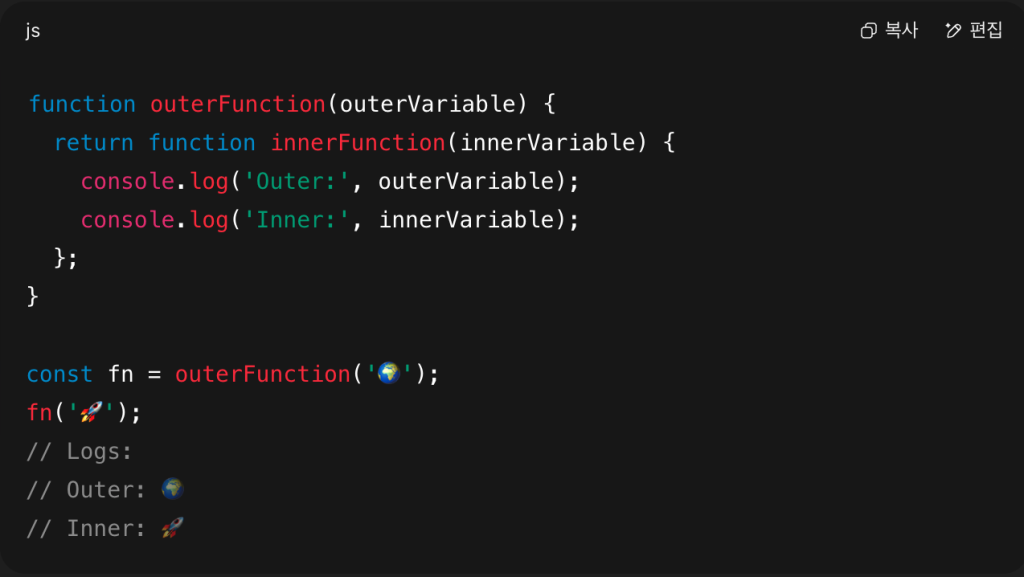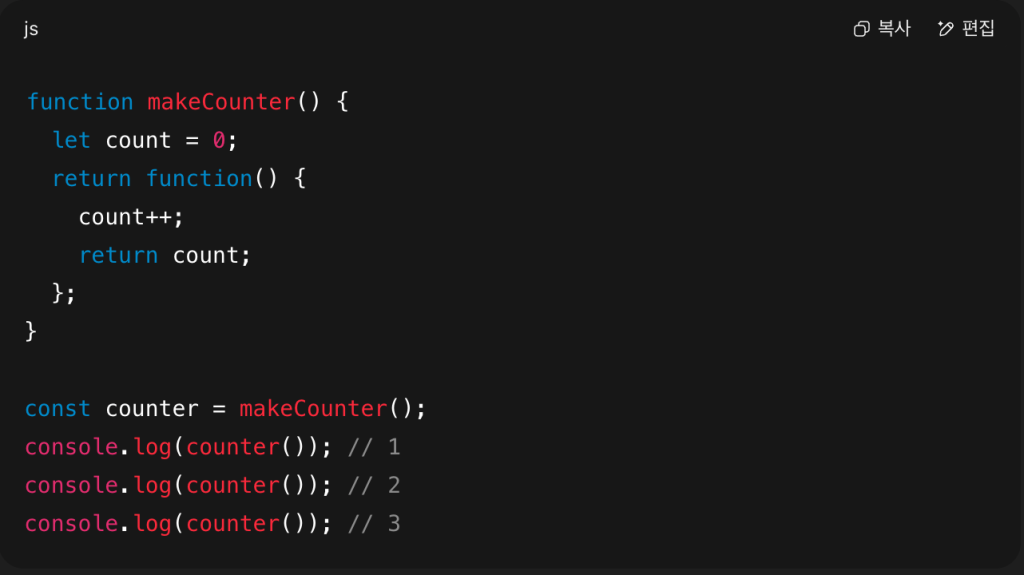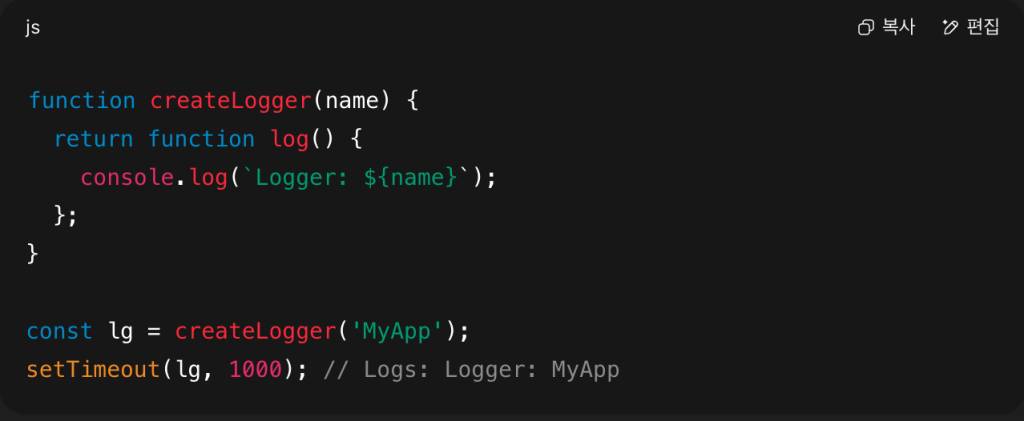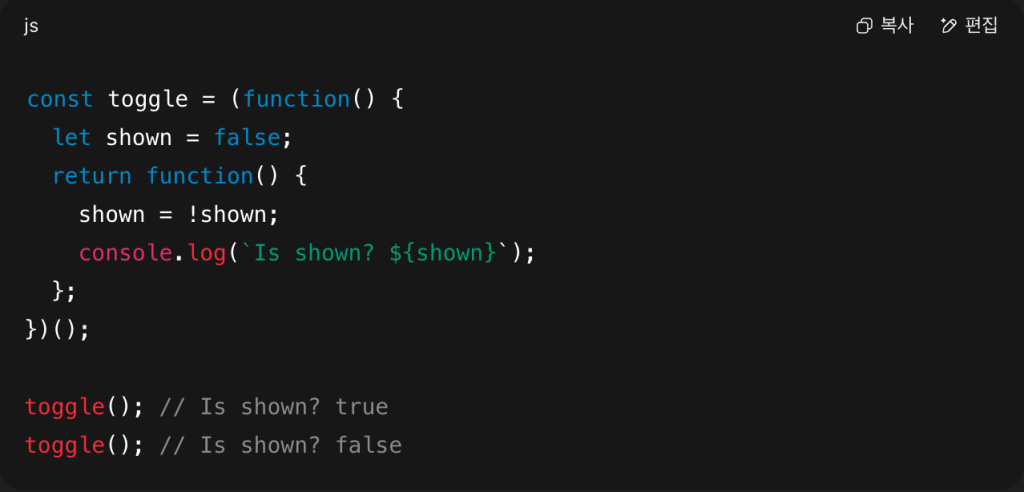Closures are one of those JavaScript fundamentals that tech interviews love — and for good reason. But beyond the interview stage, they’re a powerful pattern to master. In this post, we’ll unpack what closures are, how they work, and why they’re essential in real-world frontend development.
🧠 What Is a Closure?
At its core:
A closure is a combination of a function and its surrounding lexical environment (the scope it was declared in). Simply put, it allows an inner function to access variables from its mother (outer) function even after that mother function has finished execution.
Imagine closures as giving inner functions a secret backpack stuffed with variables defined when they were created. Even if that outer function has ended, the inner one still carries its backpack wherever it goes!
🎯 Basic Closure Example

Here innerFunction permanently remembers outerVariable because JavaScript is lexically scoped — scopes are determined by where code is written, not where it’s executed .
⏳ Closure After Outer Finishes
One of the “magical” parts of closures:

Even though makeCounter() returns and its scope ends, the count variable survives inside counter — thanks to closure!
🛡 Why Use Closures?
Closures shine in three hero scenarios:
1. Encapsulation & Data Privacy
Prevent external access to internal states:

This is essentially implementing a private property pattern using closures.
2. Asynchronous Callbacks
Keep data alive until async code kicks in:

Works beautifully because name lives on inside lg!
3. Module Pattern & State Management
Maintain private state in UI modules or service patterns:

Bye-bye global variables — hello clean patterns!
📚 Closure Internals: Lexical Environment & Free Variables
Every closure captures not just the function, but its lexical environment — the variables and scopes where it was declared. A variable like count in our earlier example is known as a free variable, because it lives outside the current function but gets captured nonetheless.
In technical terms:
- JavaScript creates a scope chain.
- Inner functions remember this chain.
- Even after the outer context disappears, captured variables stay alive.
🧪 Practical Tips & Gotchas
| Tip | Why It Matters |
|---|---|
| Be mindful of memory | Closures hold variables until no references remain — too many or large objects can sneakily bloat memory |
| Use closures to avoid globals | Cleaner, safer code architecture |
| For-loops + async = tricky | Use let or IIFE to avoid capturing the same loop variable repeatedly |
✅ TL;DR
- A closure is a function that remembers the environment where it was created.
- It allows inner functions to access variables from an outer function even after it has finished running.
- Use closures for:
- Private variables
- Asynchronous callbacks
- Module patterns and UI state
🎁 Final Thoughts
Closures are one of the most elegant and powerful features in JavaScript.
They allow you to write functions that remember, functions that protect state, and functions that encapsulate logic beautifully.
Whether you’re building UI components, handling async logic, or just trying to write less error-prone code — closures are an essential tool to master.
If closures have ever seemed like magic, hopefully now you see: they’re not magic — they’re just smart scoping ✨